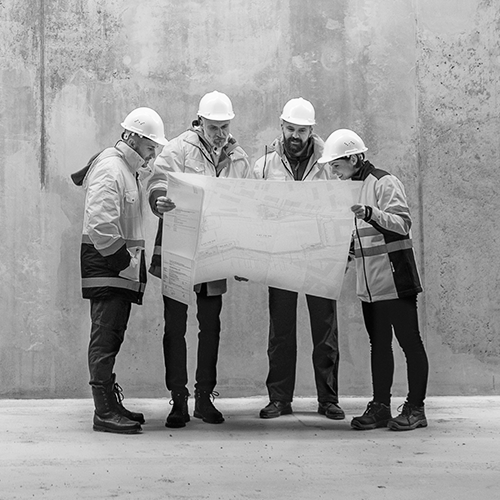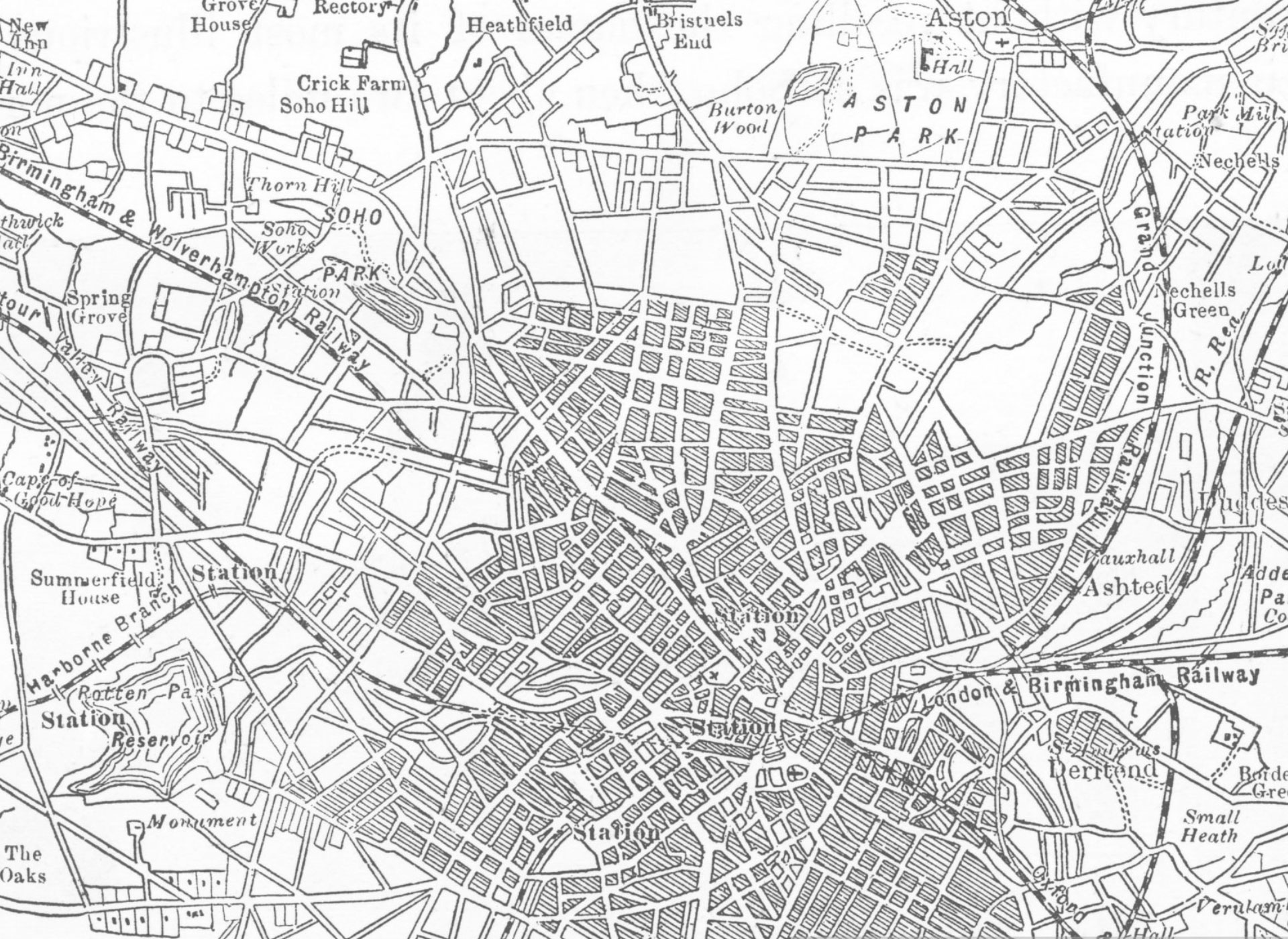VAT Reverse Charge | The Construction Industry

Value Added Tax (‘VAT’) is the tax added to most goods and services sold by VAT registered businesses. VAT is charged at differing rates, dependent on the goods and services being provided, and is paid to HMRC.
However, even where VAT has been charged and received, it is not always properly accounted for as a result of fraud.
HMRC believes that the construction industry is susceptible to fraudulent activity in the nature of ‘missing trader fraud’ and to combat this, the ’VAT reverse charge’ (‘the Reverse Charge’) was introduced in March 2021.
Hamraj Kang of KANGS comments upon the VAT Reverse Charge and its application.
What is the Construction Industry Scheme VAT reverse
When applicable
In most commercial/business transactions, VAT is paid by the customer to the person selling goods or providing services who then accounts for the accrued VAT to HMRC.
The VAT reverse charge imposes a new procedure for accounting for VAT in the construction industry by making the customer directly liable for VAT to HMRC.
VAT should now be paid directly to HMRC rather than the supplier which should prevent the possibility of VAT due from the supplier disappearing.
The reverse charge applies to both standard and reduced rates of VAT, but not Zero rated transactions.
In its simplest form, missing trader fraud occurs where a subcontractor charges VAT to its customers for work conducted but then, rather than accounting to HMRC for the received VAT, disappears without accounting to HMRC which loses out on such VAT receipt.
The reverse charge will also apply to transactions between contractors and subcontractors provided, the necessary criteria is met.
Finally, if the necessary conditions are satisfied, the reverse charge must be enforced and companies cannot opt out, unless the transaction occurs with an end user as explained below.
Application
In order for the reverse charge to apply a number of conditions must be satisfied.
HMRC provides Guidance on its Gov.uk website in the form of a Flow Chart which it requires a supplier and a customer to check each time a transaction takes place, irrespective of previous trading.
The Flow Chart asks 5 primary questions:
Q1: Does the service supplied fall within scope of CIS specified Services (CIS 340 Guide and construction industry scheme reform manual provides examples of these services)? If the answer is yes, consider question 2.
Q2: Is the supply standard rated or reduced rated (i.e., are you charging standard or reduced rate of VAT for services)? If the answer is yes, consider question 3.
Q3: Is the customer VAT registered? If the answer is yes, consider question 4.
Q4: Is the customer and supplier registered for CIS? If the answer is yes, consider question 5.
Q5: Has the customer provided confirmation that it is an end user? If answer is No, the Reverse charge applies; if the answer is yes, normal VAT charge applies.
Note: An end user is a business consumer of construction and building services at the end of the supply chain, registered for CIS and VAT which does not make onward supplies of construction services.
An end user can opt out of applying the reverse charge by writing to a company confirming and it is an end user, or an intermediary supplier, which does not wish for the charge to be applied. If such conditions are met, the normal VAT rules apply.
Not all supply chains have an end user and not all are CIS and VAT registered. A supplier should ask a customer whether it is an end user to ensure compliance, to avoid potential assessments and penalties being raised against companies as explained below.
Consequences of misapplication
If the reverse charge is to be applied, the supplier should ensure that its invoices provided to customers are clear and clarify that the customer is accountable directly to HMRC for VAT.
Invoices from suppliers should include the VAT amount or the rate of VAT to their customer and ensure that the figure for VAT is kept separately so as to avoid confusion.
Where errors occur, such as when the reverse charge was not applied when it should have been, Assessments for this undelivered VAT, despite being provided by a customer to the supplier, can be raised against the customer even if they genuinely believed that they were not accountable under the reverse charge. It is therefore imperative that companies and businesses are careful and compliant.
HMRC has the ability to issues assessments dating back four years.
Between 31 March 2021 to October 2021, the initial months of the reverse charge being introduced, HMRC applied the ‘light touch’ approach to enforcement, not charging an error if the misapplication was made in good faith and it was a genuine error.
Thereafter, HMRC will penalise and raise VAT Assessments against non-compliant companies, even when acting in good faith and their error was not deliberate.
How Can We Help?
Errors in implementing the VAT reverse charge can occur in a number of ways which may result in negative financial implications for companies. It is important to act quickly either when a mistake is recognised or when an investigation by HMRC has been commenced.
Our Team provides vast experience to clients involved with Investigations conducted by HMRC and would be delighted to support you.
Our nationally recognised Team is available to assist you and can be contacted as follows:
Telephone: 0333 370 4333
Email: info@kangssolicitors.co.uk
We provide initial no obligation discussion at our three offices in London, Birmingham and Manchester. Alternatively, discussions can be held virtually through live conferencing or telephone.







